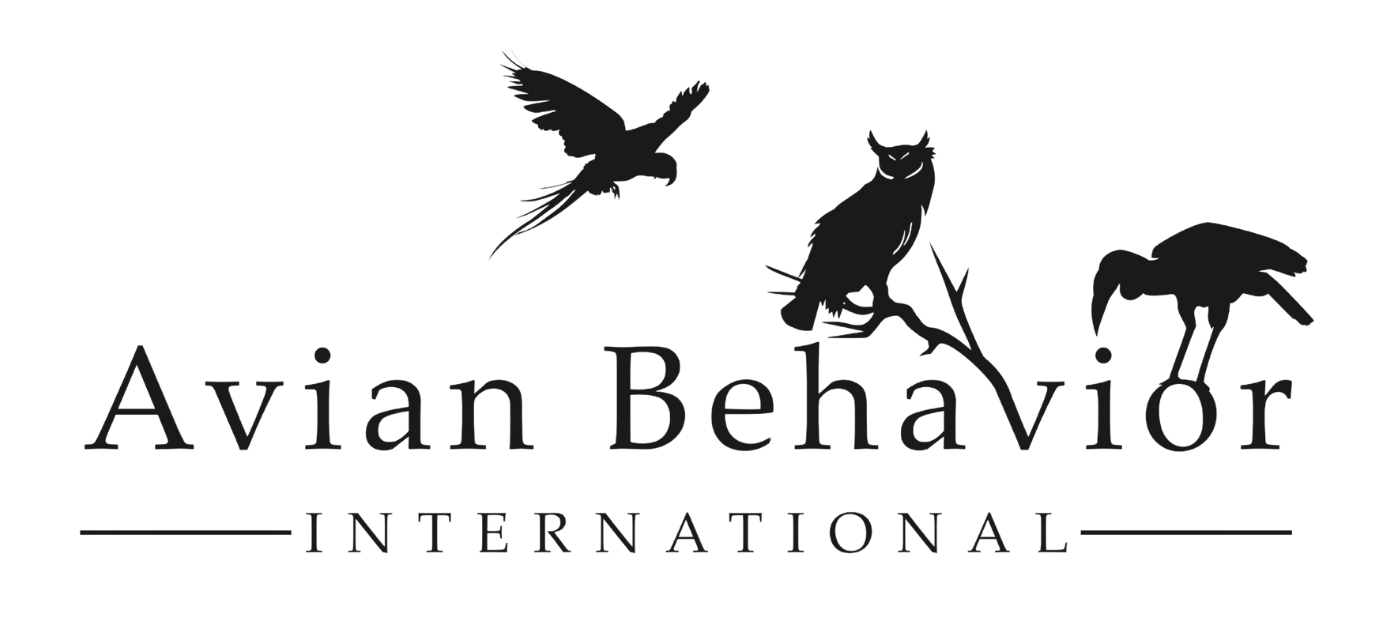07 Aug Clear Communication Starts with This One Tool
In progressive training, clarity matters. One of the most powerful tools we have to bring that clarity into a session is the marker—also called a bridge.
A marker is a stimulus that tells the learner exactly which behavior is being reinforced. Think of it like taking a snapshot. It “captures” the behavior at that exact moment and communicates: that right there is what earned reinforcement.
A marker is a promise that reinforcement is coming. That makes it a communication tool, not just a training gimmick. Markers help us establish a training contingency. A contingency simply means the relationship between what the learner does and what happens next. A contingency is the connection the learner makes:
When I do this, that happens.
Markers are especially useful when:
- There’s a delay between behavior and delivery (like walking over to give food)
- The behavior happens at a distance or in motion (flight, perch-to-perch work)
- You need a crisp signal to build fast feedback loops
- The bird is new to training and is learning how the if→then contingency works
Some trainers call them markers, others call them bridges—especially in bird of prey or marine mammal contexts. Either way, the function is the same: mark the moment with consistency and precision.
Why Not Clickers for Birds?
Clickers have become almost synonymous with positive reinforcement training. And while they can work in some contexts, in bird training—especially real-world setups—they often don’t hold up.
Why?
- Clickers can startle birds. Their sharp, abrupt sound can be jarring to species with sensitive hearing or a history of reactivity. If you are working with a bird that that reacts to the clicker, it might take more shaping to introduce the clicker when a verbal bridge will do the job.
- Hands are already full. When you’re holding a glove, managing jesses, balancing a target stick, or delivering reinforcement, adding a clicker is just clutter.
- They don’t translate well to distance work. Outdoors or across a field, a verbal bridge carries better and can be shaped with tone.
That’s why at Avian Behavior, we lean heavily on verbal markers. They’re adaptable, portable, and don’t get in the way of the mechanics of working with birds.
Teaching a Marker
The process is simple, but it has to be clean:
Say the marker → immediately reinforce.
For example, say “good!” and then deliver a piece of food. Repeat until the bird hears the marker and immediately orients toward you in anticipation. That’s when you know it’s become meaningful. I have found that the quicker and snappier my bridge is, the more likely my bird is to recognize it as bridge. If I say “good!” the bird waits for the food delivery. If I say “goo-ooood….” the bridge gets lost in the shuffle. This enunciation is why the original clicker was invented. To make the bridge clear.
Once the marker predicts reinforcement, you can use it to mark actual behavior—and that’s when training fluency starts to grow.
Timing Is Everything
A marker only works if it comes immediately after the behavior—ideally within one second. If your timing is off, you’re reinforcing something else entirely.
Think of it as a camera shutter: you’re capturing the exact moment you want to reinforce. If the shot is blurry, the learner can’t tell what you were aiming for.
What It Looks Like in Real Life
Marking a Turn at a Distance
Let’s say a parrot starts to turn toward a station or target. The moment that turn begins, I’ll say “good!”—even if I’m across the room and it takes me two or three seconds to get the food to them. The bridge tells them exactly what behavior earned reinforcement.
Bridging a Lure Hit in Falconry
When a raptor hits the lure from a distance, I can’t always yell “good” loud enough in the wind—but a whistle carries beautifully. That whistle becomes the bridge, letting them know they nailed it, and reinforcement is coming.
These moments are why I value markers so much—they keep communication clear when distance, delay, or environment could otherwise muddy the picture.
Choosing the Right Marker
When selecting a marker, ask yourself:
- Can the learner perceive it clearly in this environment?
- What are my hands doing during the session?
- Will this work across multiple contexts—on a perch today, in free flight tomorrow?
The right marker is the one you can deliver with confidence, precision, and consistency.
In progressive bird training, your marker is not just a sound—it’s a promise. Used well, it bridges behavior and trust, making communication crystal clear for both trainer and bird.
Want more?
Our upgraded Fundamentals of Training course is coming soon—complete with new lessons, fresh video examples, and deeper dives into topics like markers, timing, and trainer mechanics.
Join the Avian Behavior Lab today (Free for 2 weeks!) and get instant access to all our courses, plus be the first to explore the updated Fundamentals when it’s released. Your training sessions—and your birds—will thank you.

